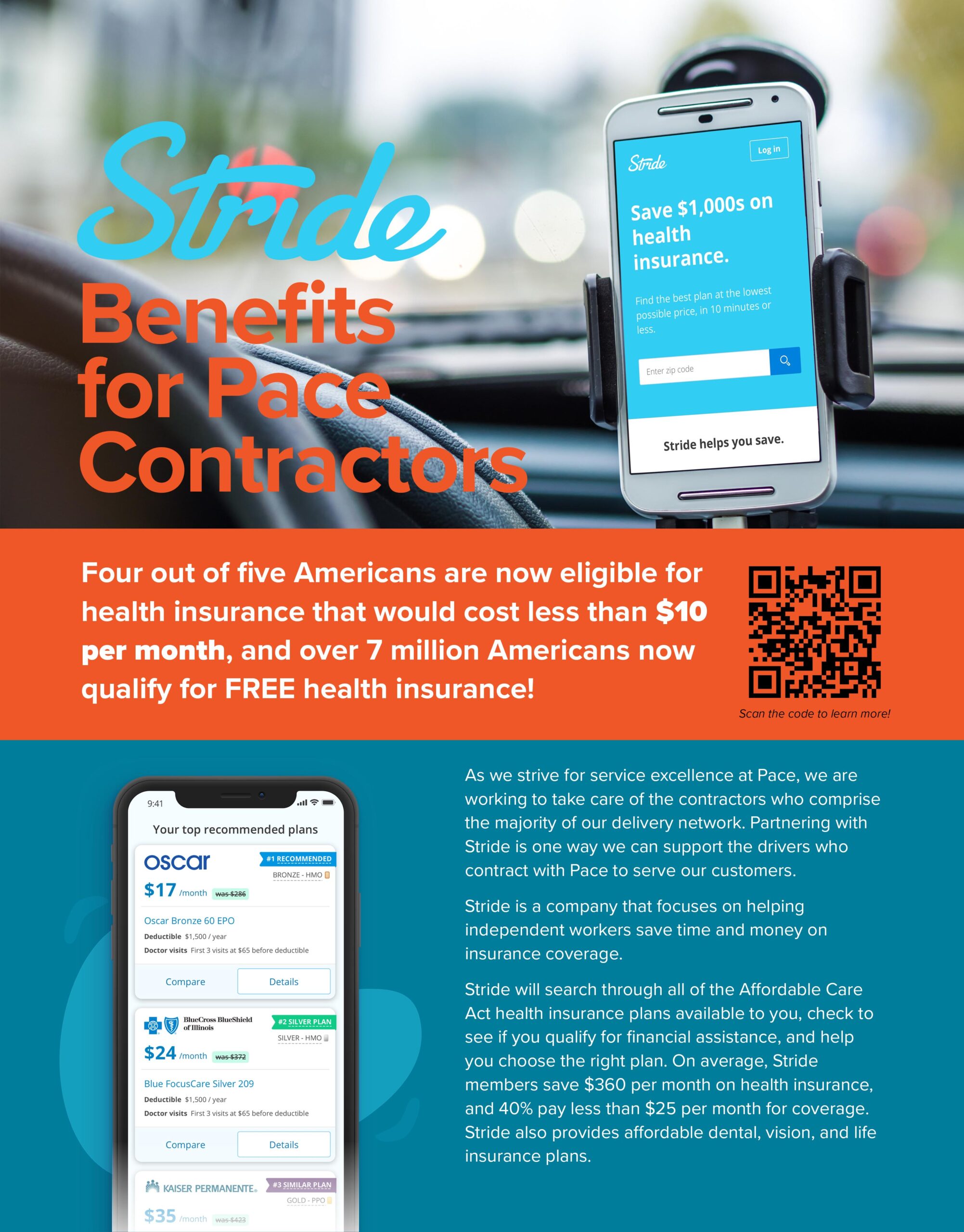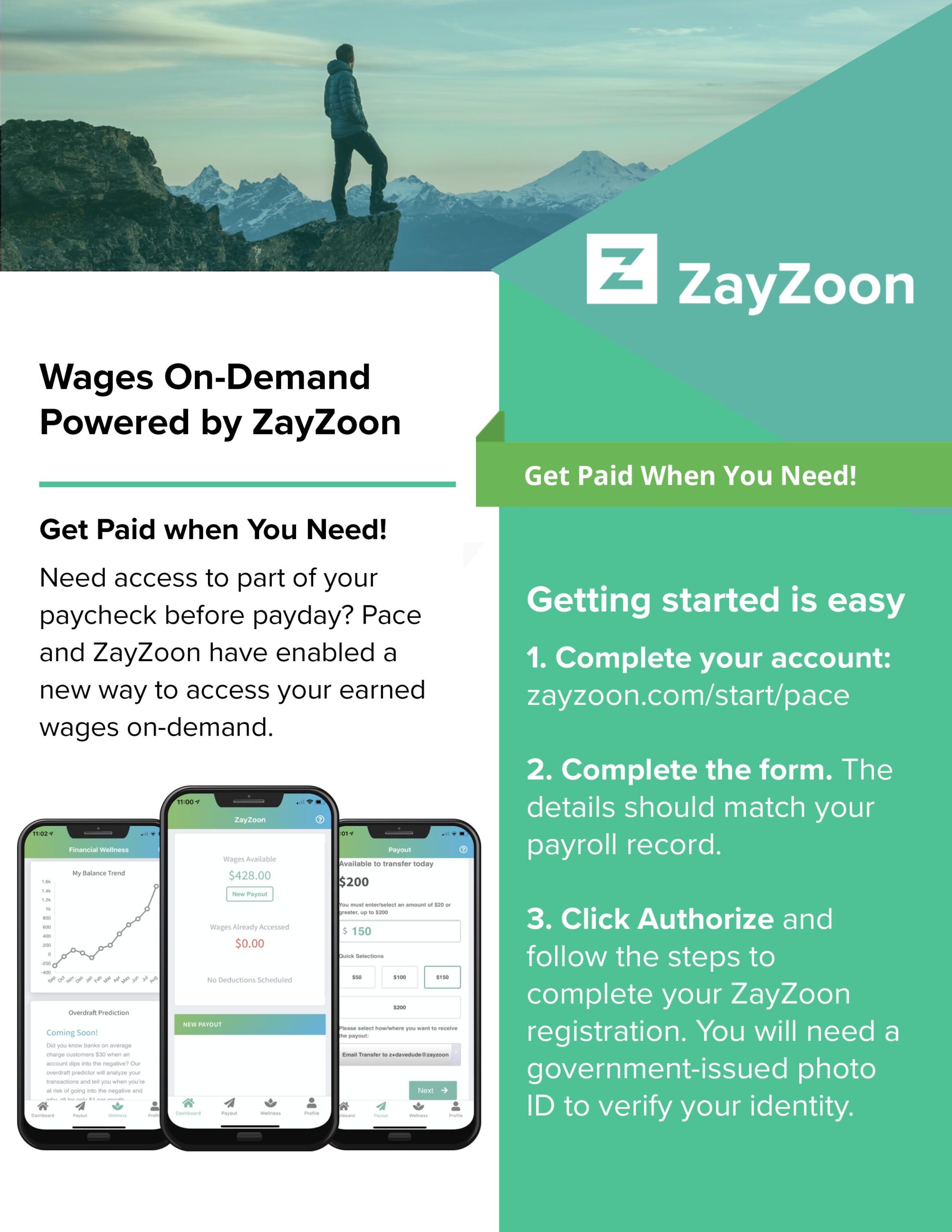
The courier services industry is a bustling and vital part of global commerce, responsible for ensuring the seamless movement of goods across distances. Yet, beneath the surface of its efficiency and speed lies a significant challenge: managing risks effectively, the impact of insurance claims on the financial health and operational stability of courier companies cannot be understated. A closer look at the statistics sheds light on the gravity of the situation:
The Harsh Reality of Insurance Claims
The sector grapples with a daunting average loss exceeding 100% over the last five years. This ratio indicates that for every dollar earned, the industry faces a loss of $1 or more due to claims, reflecting a formidable challenge in maintaining profitability.
Verdict sizes and the financial outcomes of legal disputes have witnessed a daunting 51.7% increase between 2010 and 2018. This rapid escalation in legal claims highlights the escalating legal and financial complexities that courier companies face in an evolving landscape.
The Factors Behind the Rising Risks
This surge in insurance claims and the resulting escalation in verdict sizes isn’t a random or isolated occurrence. Several underlying factors contribute to this challenging landscape:
- Technology’s Costly Impact: The integration of advanced auto technology, while improving efficiency and safety, also translates to higher repair costs for vehicles.
- Soaring Healthcare Expenses: Healthcare costs have been on an upward trajectory, and this trend extends to insurance claims.
- Scarcity of Experienced Drivers: The shortage of seasoned and experienced drivers is a pervasive issue in the industry.
- The Ripple Effect of Inflation: Inflation is an economic reality that impacts various sectors, and insurance claims are no exception.
- The Magnification of Verdict Sizes: The exponential growth in verdict sizes is particularly concerning.
- Complexities of Final Mile Deliveries: Final mile deliveries, often involving multiple stops and smaller parcels, amplify the risk of theft and loss.
Strategies for Tackling the Challenge
Understanding the problems is only half the battle. To counteract these escalating risks and mitigate insurance claims effectively, courier services need to adopt a holistic approach:
Implementing Standard Operating Procedures
One of the most effective ways to manage risk is by implementing standard operating procedures (SOPs). This begins with skilled personnel who possess a deep understanding of risk factors specific to the courier industry. These professionals oversee vehicle maintenance, driver training, and adherence to safety regulations. By ensuring that vehicles are in optimal condition and drivers are well-prepared for the road, the likelihood of accidents and incidents can be significantly reduced.
Comprehensive driver training is another essential aspect of SOPs. Driver training isn’t just a one-time endeavor; it’s an ongoing process that equips drivers with the necessary skills and knowledge to navigate the road safely. Investing in comprehensive training programs covering safe driving practices, defensive driving techniques, and adept handling of unexpected situations, can go a long way in minimizing the probability of accidents. A well-trained driver is not only an asset but also a frontline defense against potential insurance claims.
Leveraging Technological Advancements
Incorporating technology into risk management practices can yield significant benefits. The integration of telematics systems is a prime example. These systems, when installed in vehicles, provide real-time tracking and monitoring of driver behavior. They offer insights into driving habits, route optimization, and vehicle performance. By identifying and rectifying risky driving behaviors, telematics systems contribute to safer roads and reduce accident probabilities.
Knowing Your Customers and Coverage
Effective risk management doesn’t end with internal operations; it extends to customer relationships and communication. Offering tailored insurance coverage based on specific needs is pivotal in managing risk. Customized insurance coverage considers the types of goods transported, delivery locations, and other unique factors. This approach bridges coverage gaps and prevents claim denials. Providing tailored coverage ensures that clients are adequately protected, reducing the likelihood of disputes and claims related to coverage issues.
Effective client communication is equally important. Clear communication with clients regarding safety protocols, delivery expectations, and insurance coverage assists in managing expectations and preventing misunderstandings. Addressing concerns and clarifying terms proactively can prevent potential disputes that might lead to insurance claims. Building strong relationships with clients based on trust and transparency goes a long way in preventing disagreements that could result in costly legal battles.
Conclusion
There are multiple factors creating growth for couriers. The COVID-19 pandemic accelerated e-commerce growth. Online shopping post-COVID continues to grow, generating more deliveries. Many consumers who had never ordered online pre-COVID do it as a matter of convenience today. As online shopping becomes more and more mainstream, flexible delivery options are becoming a key competitive advantage for couriers.
A study by McKinsey estimates that parcels will be equal in volume to mail by 2025. The demand for couriers will continue to grow.
One component of being successful and capitalizing on the growth opportunity is for couriers to be fully competent in their risk management strategies. Reducing risk loss ratios can be accomplished through strong standard operating procedure implementations, leveraging technology advances, developing great knowledge of customer needs, and investing in close relationships with risk mitigation providers.
Our thanks to ECA, A Delivery Industry Alliance members who collaborated on this article:
Jason Burns; President Customized Logistics and Delivery Association and CUI Agency
Roslyn Ellerbee; Express Errands & Couriers
Diedre Hudson; Avalon Risk Management
Brian Jungeberg; Risk Strategies











